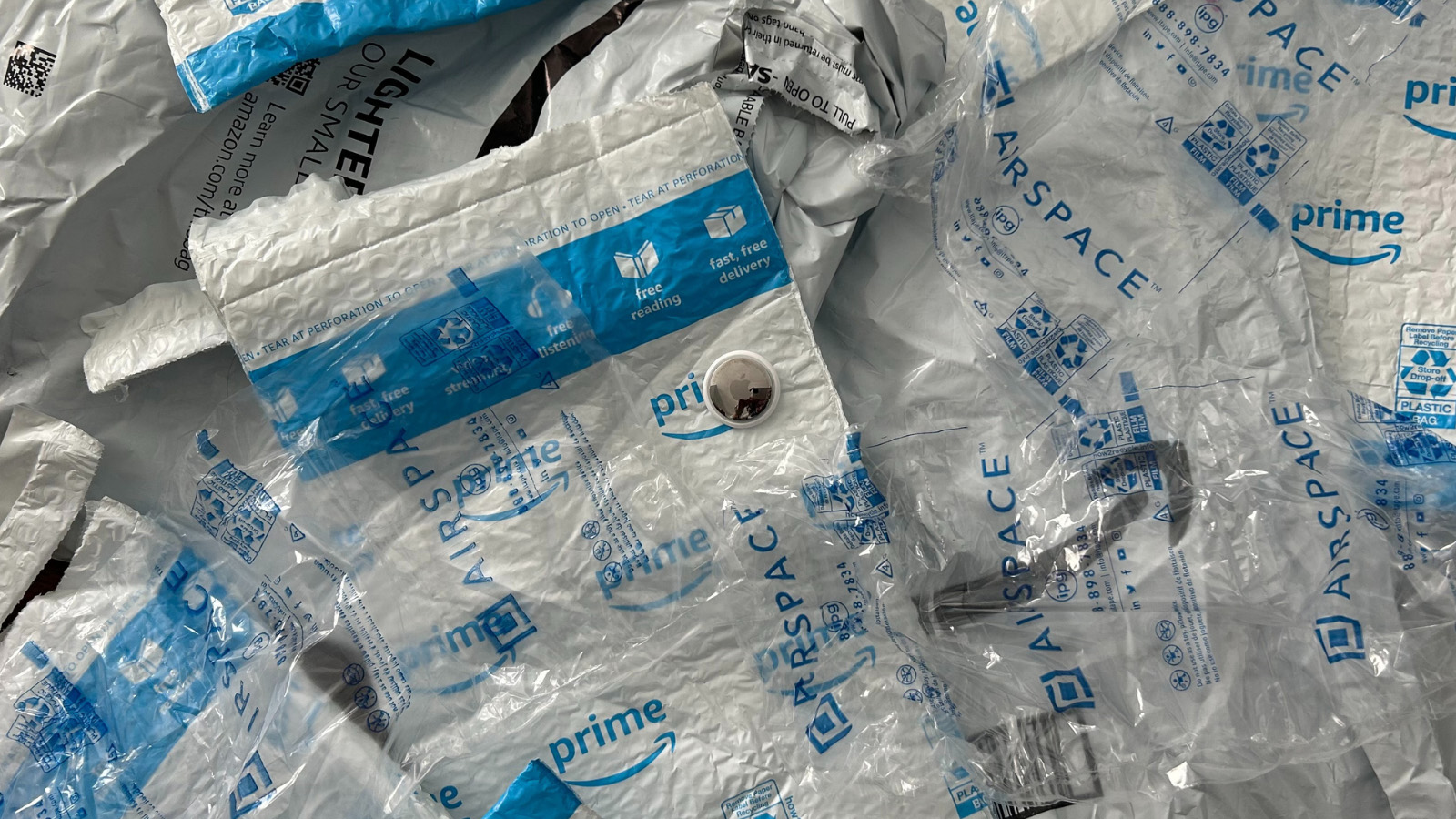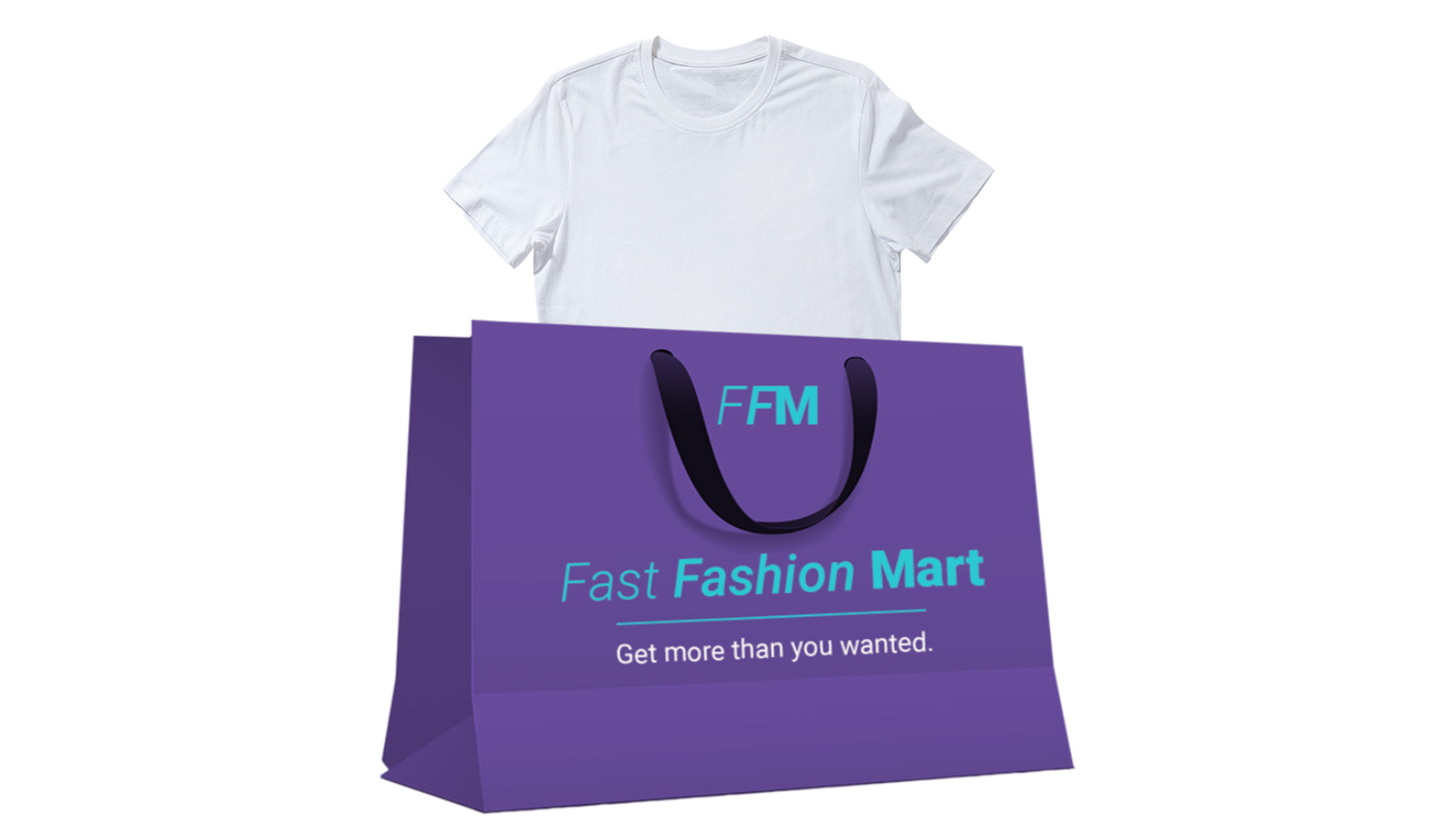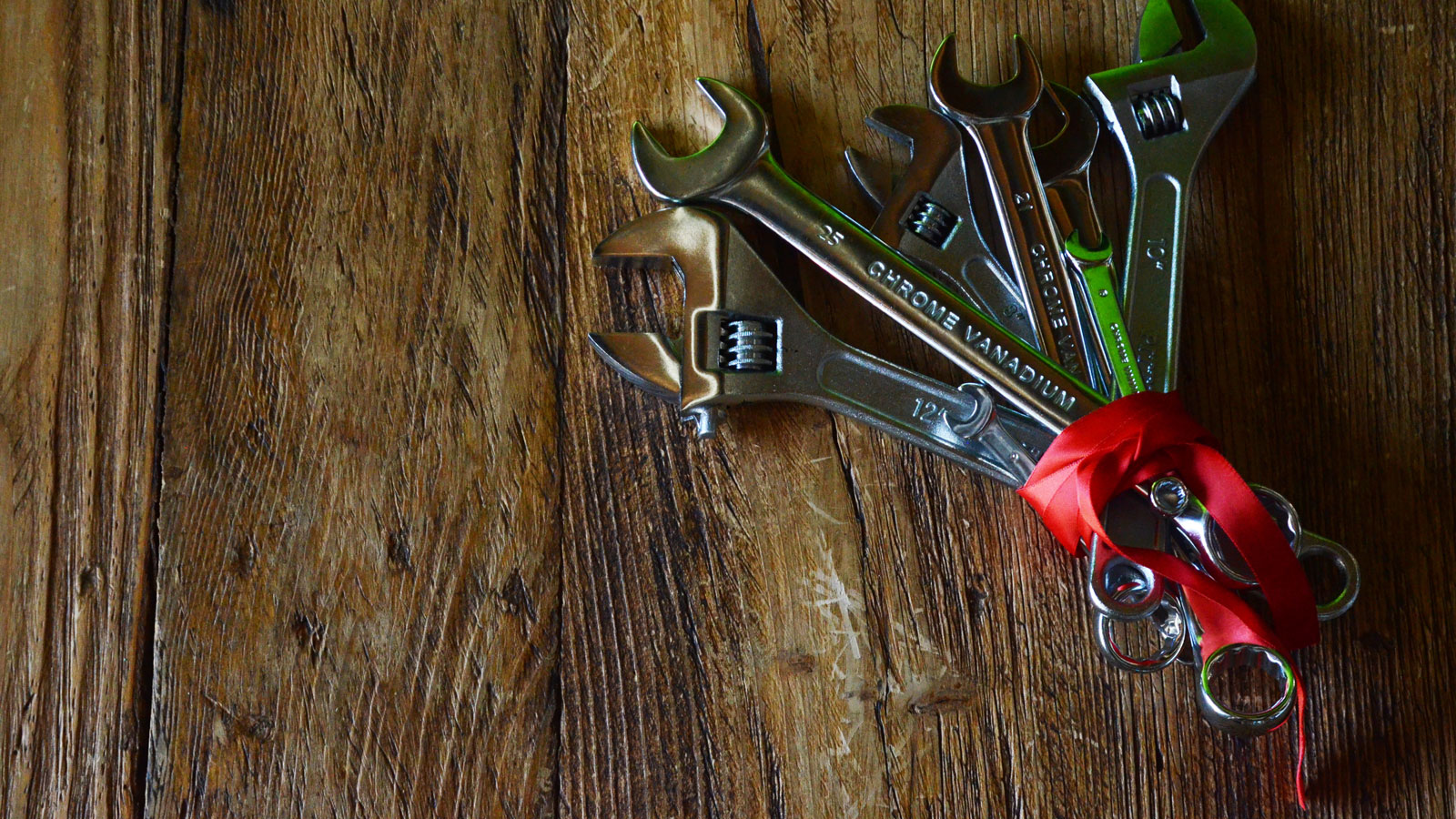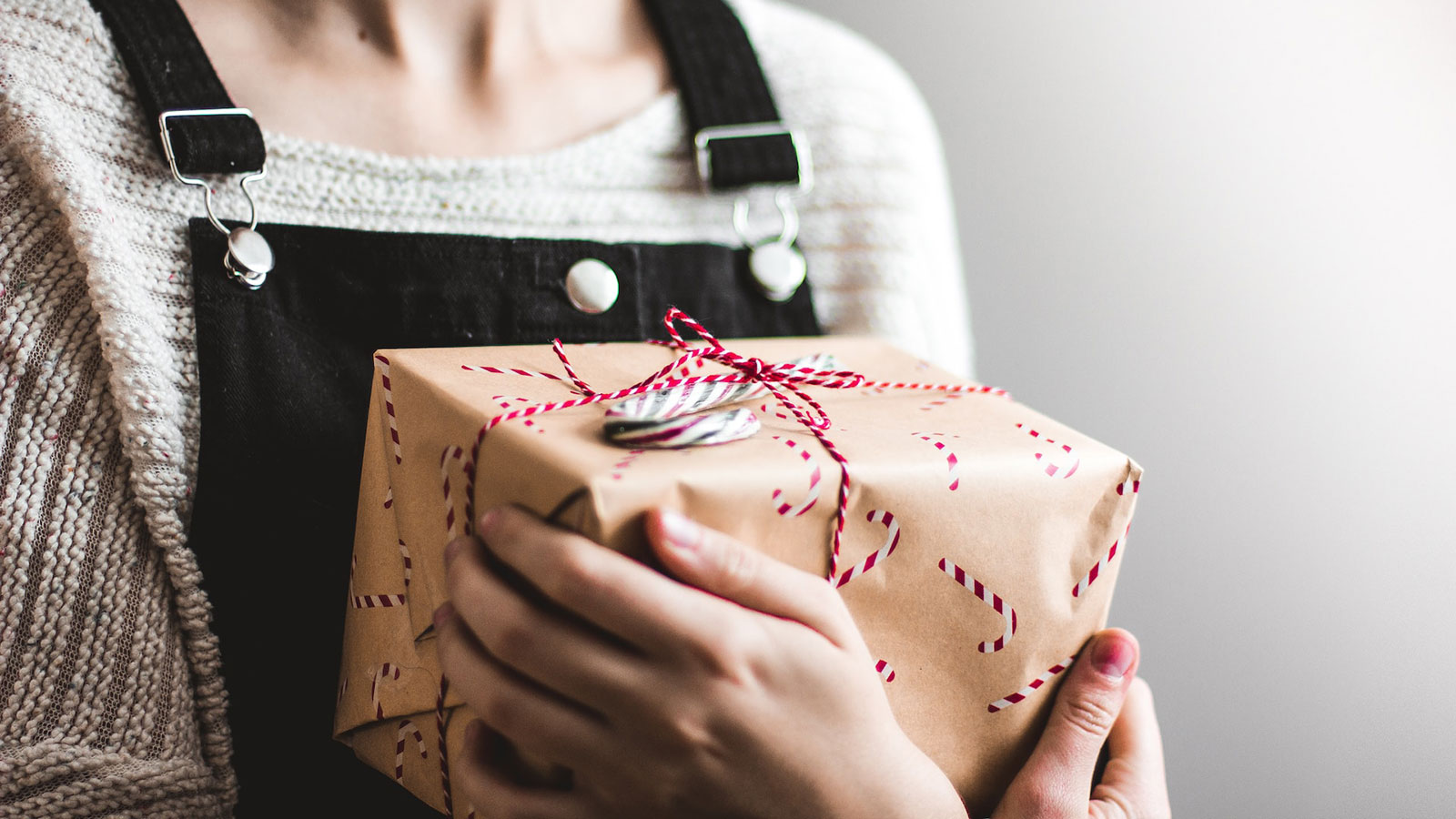
Wrapping gifts with less waste
Using upcycled, reusable and non-plastic materials to wrap gifts can help bring more joy and less waste.
Far too often gift giving comes wrapped in materials bound for the landfill or an incinerator, contributing to our planet’s pollution problem. The good news is that there are lots of options for upcycled and reusable gift wrapping that create less waste.
Use these tips for creating less waste from your gift wrap:
1. Use materials that you already have.
Most of us have lots of materials already in our homes that can serve as wrapping. The packing paper that was used to pad a delivery, the paper grocery bag, newspaper or comic pages are all great options to use as wrapping. You can also think out of the box (literally) and wrap smaller items in a jar or tin that is in the back of your pantry.
Tote bags or fabric items like a scarf or tea towel, also make great wrapping material.
Old cards and cardboard make great material for gift tags.
2. Opt for reusable wrapping options.
Fabric is my favorite reusable wrap because you can use it year after year. You can get fabric to use specifically for wrapping and local thrift stores or even your own closet are great places to start your search. Clothes and linens that are past their current usable life and aren’t appropriate to donate or give away can get a new life as gift wrap. I recommend using a knit fabric that has some stretch because that helps you pull the fabric taut around oddly shaped items and corners.
Using fabric can add an extra dimension to your gift pile since you’ll have more variety of design. There are endless designs of fabric out in the world which means you’re likely to find something that fits your style and is versatile enough to use for holidays, birthdays and other special occasions.
Bags are also great because you can use them over and over again. Drawstring bags and the classic paper gift bag are great options that you can save and reuse for the next holiday, birthday or other event. If you select bags that have a fun design that is not holiday-specific that can expand the usefulness of the specific bag.
Of course, don’t forget to think reusable for your bows. Curling ribbon is designed to be used once and is made of plastic. Instead of the typical plastic ribbons, get some fabric ribbon or rope that can be untied and then used again.
A cute topper can also add additional flair to a gift. At Christmas, my family has cinnamon ornaments on both our trees and on some of our gifts. They’re festive, last for years and they smell delicious.
3. Incorporate natural materials.
Topping your gifts with natural materials like rosemary sprigs, or dried orange slices that can be composted will cut down on your waste during the holiday season. Flowers, cinnamon sticks and pinecones are also great toppers to consider.
If you are feeling crafty, there are great tutorials for making stars and other things from twigs, leaves, flowers or other natural materials.
If you are going to stick to wrapping paper this season, make sure that it is recyclable.
- Avoid papers with glitter, foil or other metallic elements.
- If you can, check if the paper is coated. Many papers are coated with a thin layer of lamination or plastic. Coated paper will be difficult to tear, and when you scrunch it the paper will regain its flat shape. These types of paper are generally not recyclable.
- Read the label and remember that made with recycled material is not the same as being recyclable.
Share with friends and family
When you start using reusable or alternative gift wrapping materials it can be helpful to share information with friends and family so they return the wrapping or reuse it themselves. In that way using your reusable gift wrap can help inspire others to choose reusable wrapping for their own gifts.
Topics
Authors
Emily Kowalski
Outreach & Engagement Manager, Environment Illinois Research & Education Center
Emily manages the marketing and public engagement strategy for Environment Illinois's campaigns, including our campaign to protect the Great Lakes from plastic pollution. Emily lives in Chicago where she enjoys knitting and biking.
Find Out More

Truth in recycling

The high cost of fast fashion

Fixed for the Holidays


